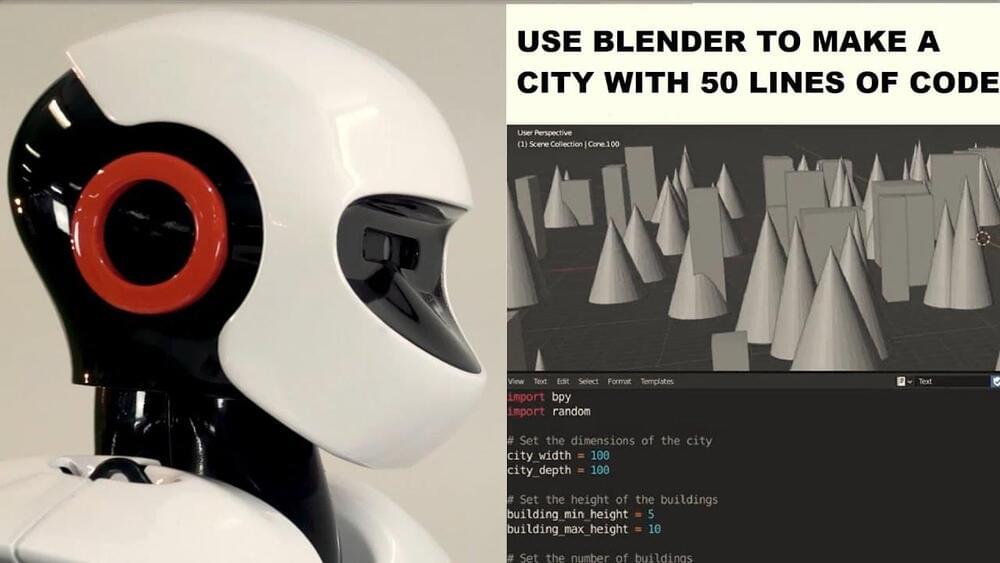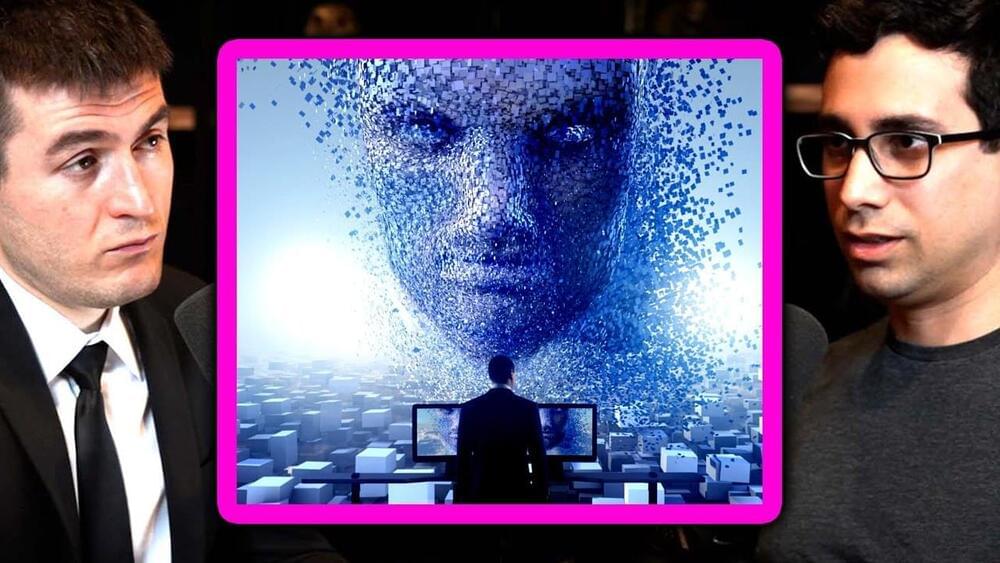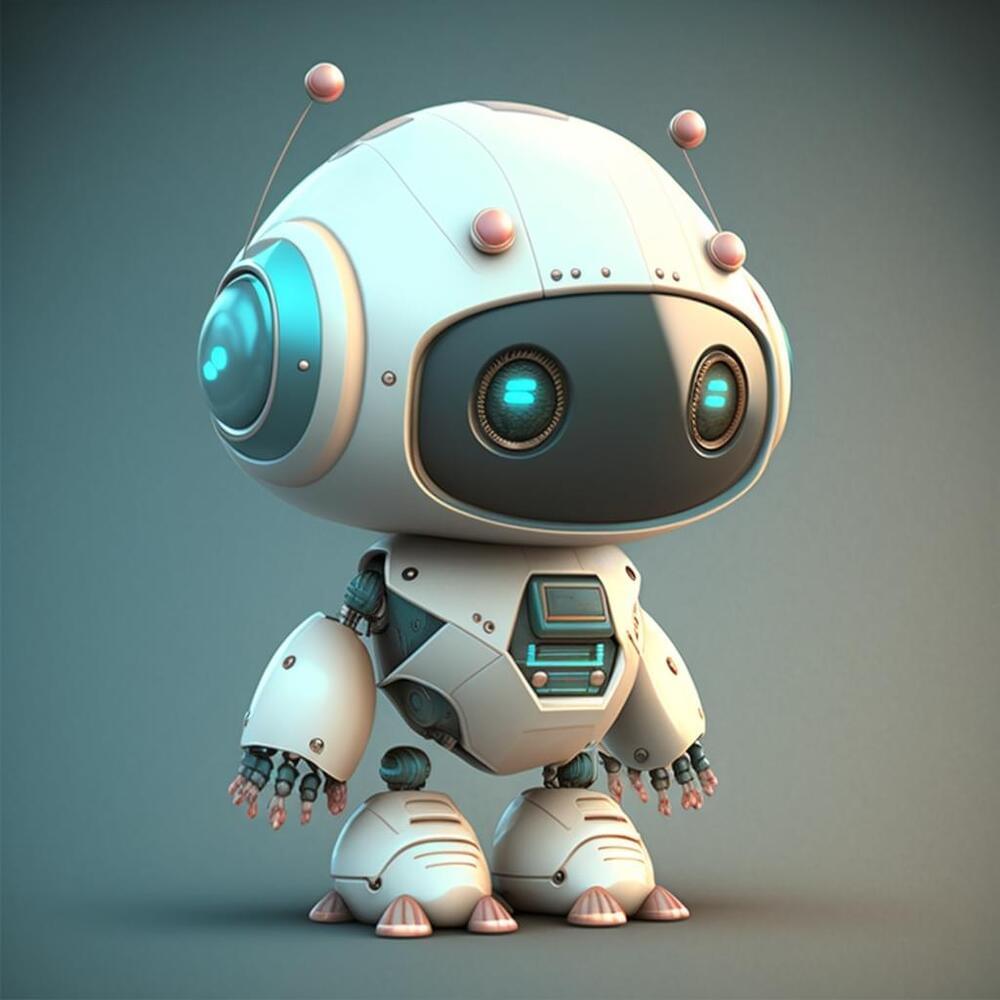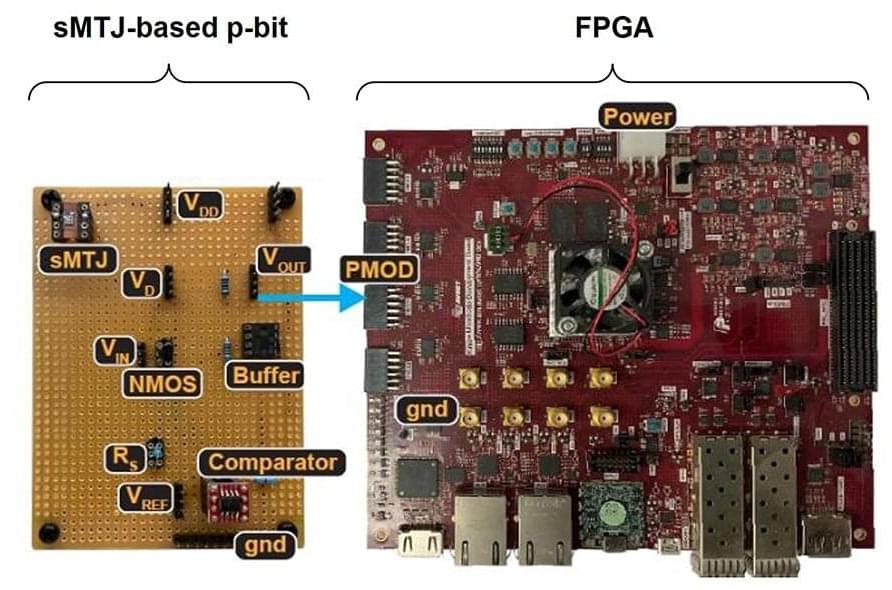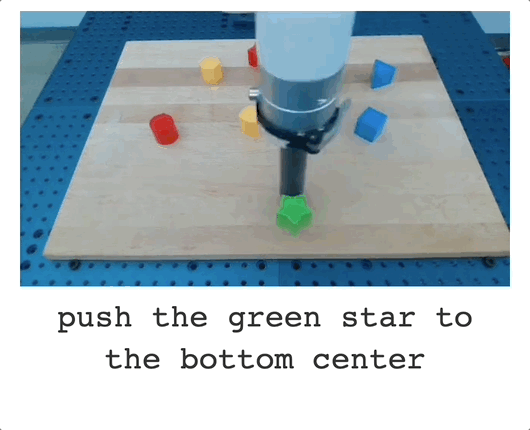Dec 8, 2022
Why OpenAI’s New ChatGPT Has People Panicking | New Humanoid AI Robots Technology
Posted by Dan Breeden in categories: augmented reality, entertainment, law, robotics/AI
Deep Learning AI Specialization: https://imp.i384100.net/GET-STARTED
ChatGPT from Open AI has shocked many users as it is able to complete programming tasks from natural language descriptions, create legal contracts, automate tasks, translate languages, write articles, answer questions, make video games, carry out customer service tasks, and much more — all at the level of human intelligence with 99% percent of its outputs. PAL Robotics has taught its humanoid AI robots to use objects in the environment to avoid falling when losing balance.
AI News Timestamps:
0:00 Why OpenAI’s ChatGPT Has People Panicking.
3:29 New Humanoid AI Robots Technology.
8:20 Coursera Deep Learning AI
